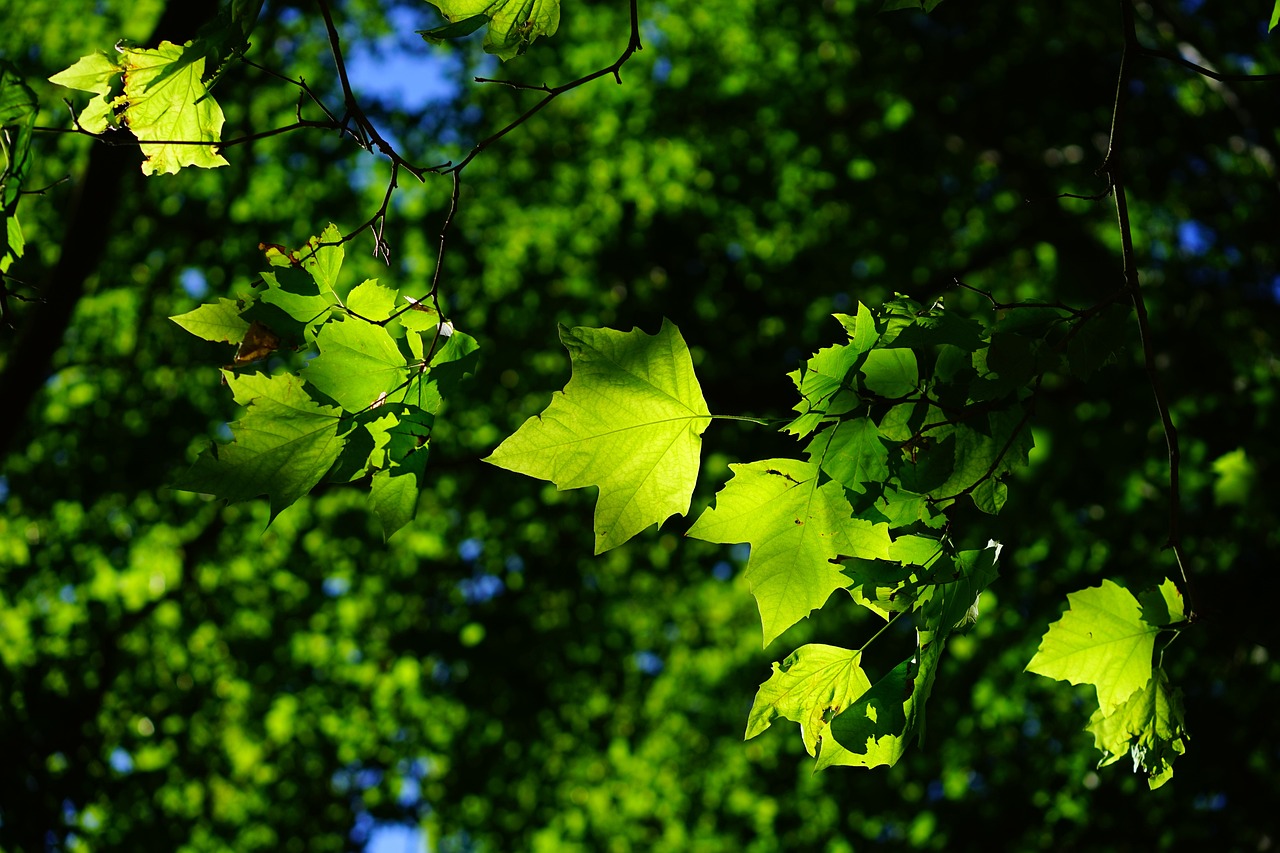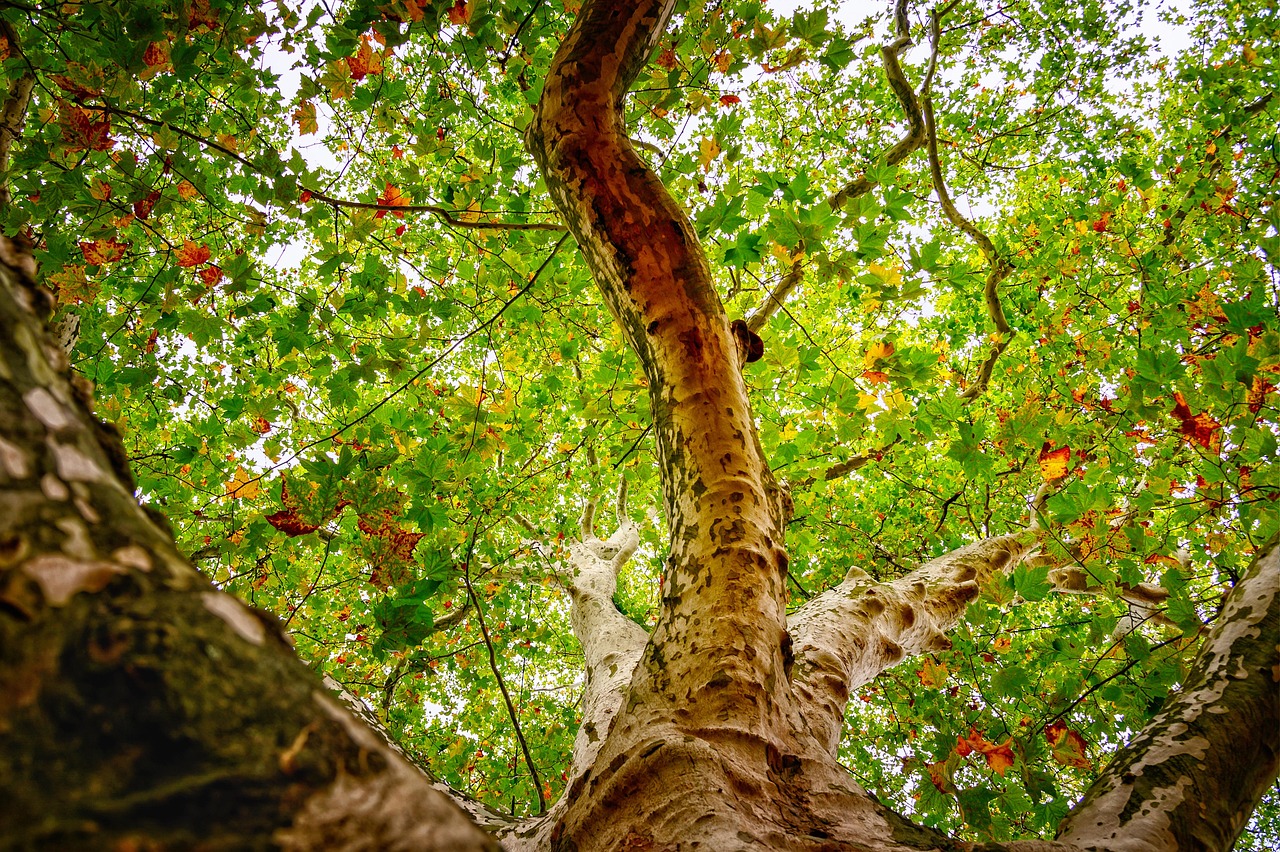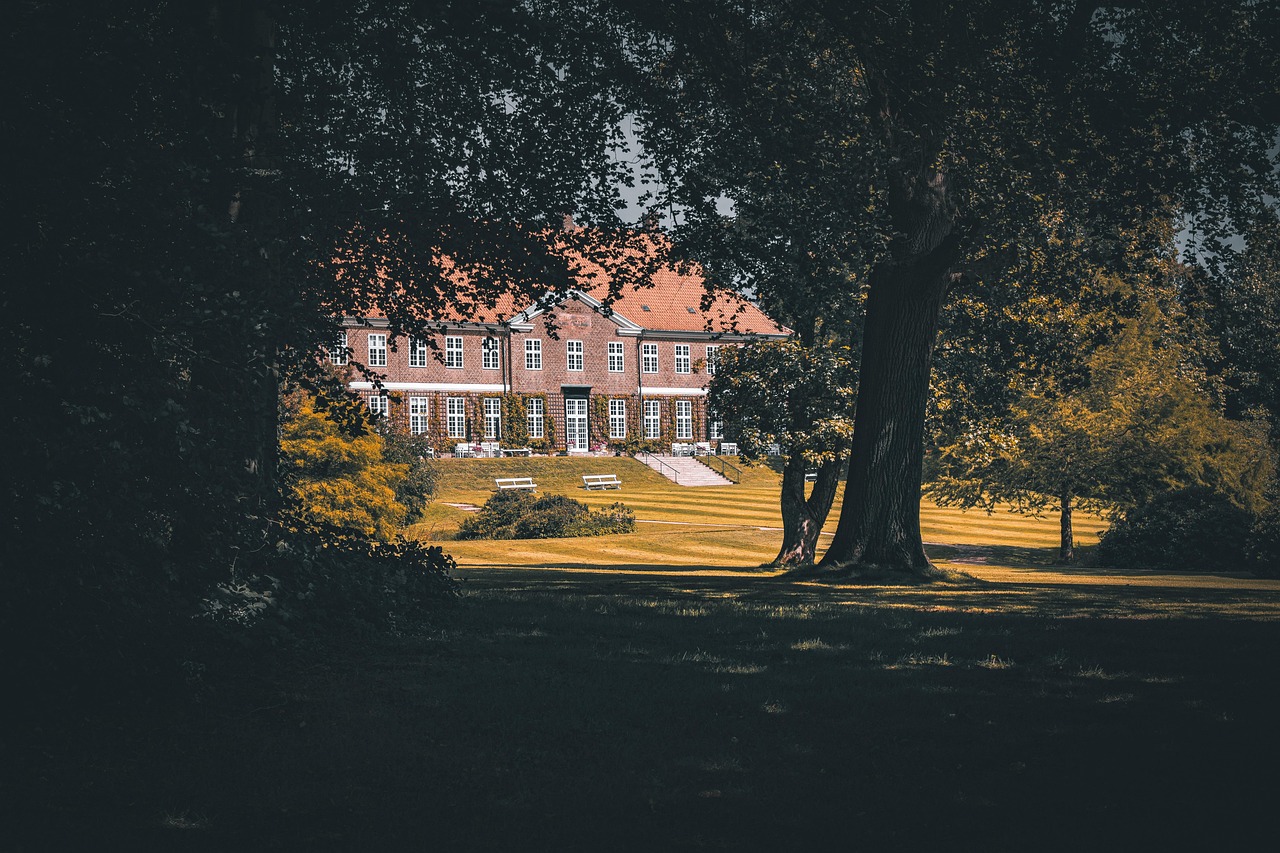Sycamore wood is valued for its durability, workability, and attractive grain. It is commonly used in furniture making, cabinetry, musical instruments, and flooring. Its resistance to warping and moisture makes it suitable for both indoor and outdoor applications.
Introduction to Sycamore Wood

Sycamore wood comes from the sycamore tree, belonging to the genus Platanus. This hardwood is known for its light color and unique appearance, which can range from creamy white to light brown. The wood exhibits a fine, even texture, making it an appealing choice for various applications. Sycamore trees are primarily found in North America, Europe, and parts of Asia, thriving in moist environments.
An important characteristic of sycamore wood is its density, which typically falls between 600 to 700 kg/m³. This density contributes to the wood’s strength and stability. Additionally, sycamore wood is known for its fine grain and ability to take stains and finishes well, providing a beautiful aesthetic appeal.
Properties of Sycamore Wood
Understanding the properties of sycamore wood can help in determining its best uses. Below are some key properties:
- Durability: Sycamore wood is resistant to decay and can withstand outdoor conditions when properly treated.
- Workability: The wood is easy to cut, shape, and sand, making it a favorite among woodworkers.
- Appearance: Its light color and unique grain patterns add character to finished products.
- Moisture Resistance: Sycamore has a natural resistance to moisture, reducing the likelihood of warping or splitting.
These properties make sycamore wood suitable for a variety of practical applications across different industries.
Practical Applications of Sycamore Wood
Sycamore wood finds extensive use in various fields. Some of the most common applications include:
- Furniture Making: Due to its aesthetic appeal and durability, sycamore is commonly used for crafting tables, chairs, and cabinets.
- Cabinetry: The wood’s ability to take finishes well makes it ideal for kitchen cabinets and built-in shelving.
- Musical Instruments: Sycamore is often used in making instruments like guitars and pianos, where tonal quality is essential.
- Flooring: Its strength and moisture resistance make sycamore wood a great option for both residential and commercial flooring.
- Turned Objects: Woodturners appreciate sycamore for its fine grain and ease of shaping into bowls and decorative pieces.
The versatility of sycamore wood is further enhanced by its ability to accept various finishes. This quality allows artisans to create a wide range of products that meet both functional needs and aesthetic desires.
Comparison with Other Woods
When considering sycamore wood, it is helpful to compare its properties with those of other popular hardwoods. Below is a comparison table that highlights key characteristics.
| Property | Sycamore | Maple | Oak |
|---|---|---|---|
| Density (kg/m³) | 600-700 | 600-750 | 700-900 |
| Workability | Excellent | Good | Moderate |
| Aesthetic Appeal | Unique grain | Smooth texture | Prominent grain |
| Moisture Resistance | High | Moderate | High |
This comparison showcases that sycamore wood holds its own against other hardwoods in terms of durability, workability, and aesthetic appeal. Its unique characteristics make it a preferred choice for many craftsmen and builders alike.
Working with Sycamore Wood
When working with sycamore wood, it is essential to understand the proper techniques and tools required to achieve the best results. Whether crafting furniture or creating decorative items, certain practices can enhance the quality of the finished product.
Cutting and Shaping
Sycamore wood is relatively easy to cut and shape due to its workability. Here are some tips for cutting and shaping:
- Use Sharp Tools: Sharp blades reduce tearing and provide cleaner cuts, which is especially important for achieving a smooth finish.
- Cut with the Grain: Always attempt to cut along the grain of the wood. This approach helps minimize splintering and ensures a cleaner edge.
- Adjust Your Speed: Use a moderate speed when cutting to prevent overheating, which can cause the wood to scorch.
These techniques help ensure that the sycamore wood retains its aesthetic qualities while being manipulated into desired shapes.
Sanding and Finishing
After cutting and shaping, sanding is crucial to achieving a smooth surface. Here are essential steps for sanding sycamore wood:
- Start with Coarser Grit: Begin with a coarser grit sandpaper (around 80-120 grit) to remove any rough areas.
- Progress to Finer Grit: Gradually move to finer grits (220-320 grit) to smooth the surface further.
- Sand in the Direction of the Grain: Always sand in the direction of the grain to avoid scratches and maintain an even texture.
Once sanding is complete, applying a suitable finish enhances the wood’s appearance and protects it from wear. Sycamore wood accepts stains, oils, and varnishes well, allowing for various aesthetic choices.
Common Uses of Sycamore Wood
The versatility of sycamore wood extends across many industries. Here are some common uses that highlight its practical applications:
Furniture Production
Sycamore wood is widely used in furniture production due to its beauty and strength. Some specific furniture items made from sycamore include:
- Dining Tables: Its durability makes it an excellent choice for dining tables that withstand daily use.
- Chairs: The fine grain allows for comfortable and aesthetically pleasing chair designs.
- Cabinets: Sycamore’s moisture resistance ensures longevity in kitchen and bathroom cabinets.
Musical Instruments
Musical instrument makers appreciate sycamore wood for its acoustic properties. Instruments crafted from sycamore include:
- Guitars: Sycamore is often used for guitar bodies, providing warm tones and excellent resonance.
- Pianos: The wood is sometimes used in piano construction for its tonal qualities.
- Woodwinds: Certain woodwind instruments benefit from sycamore’s lightweight nature and sound quality.
Crafts and Turned Objects
In addition to larger applications, sycamore wood is popular among artisans for smaller crafts and turned objects. Common uses include:
- Bowls: Turned bowls made from sycamore showcase its beautiful grain patterns.
- Pens: Many craftsmen create high-quality wooden pens using sycamore for its smooth finish.
- Toys: Durable and safe, sycamore is used in crafting wooden toys for children.
The adaptability of sycamore makes it an excellent choice for both functional and decorative items, appealing to a wide range of consumers and markets.
Sustainability and Environmental Impact

The growing concern about environmental sustainability has led to increased interest in responsibly sourced wood such as sycamore. Here are some points regarding its sustainability:
- Renewable Resource: Sycamore trees can be sustainably harvested, ensuring a continuous supply of wood for future generations.
- Ecosystem Benefits: Sycamore trees contribute positively to their ecosystems, providing habitats for various wildlife species.
- Carbon Sequestration: Like all trees, sycamores absorb carbon dioxide from the atmosphere, helping mitigate climate change.
Sourcing sycamore wood from certified sustainable forests can significantly reduce the environmental impact associated with lumber production.

Sycamore Wood in Construction
Sycamore wood is gaining popularity in various construction applications due to its unique properties. Its strength, durability, and moisture resistance make it suitable for both structural and decorative elements in buildings.
Structural Applications
In construction, sycamore wood can be utilized for several structural applications. Some of these include:
- Framing: Sycamore’s strength makes it a viable option for framing walls and roofs, providing stability and support.
- Beams and Columns: The wood can be used for load-bearing beams and columns, offering durability in larger structures.
- Floor Joists: Sycamore’s resistance to warping ensures it performs well as floor joists in residential and commercial buildings.
Using sycamore wood in these structural applications can enhance the longevity of a building while maintaining aesthetic appeal.
Decorative Elements
Beyond structural uses, sycamore wood can also enhance the visual appeal of a building. Some common decorative applications include:
- Wall Paneling: Sycamore’s unique grain pattern makes it an excellent choice for wall paneling, adding character to interiors.
- Moldings and Trim: The wood can be crafted into intricate moldings and trim pieces, providing finishing touches that enhance architectural features.
- Custom Furniture: Builders often use sycamore for custom furniture pieces that fit seamlessly into the design of a space.
The combination of strength and beauty makes sycamore an appealing option for both practical and decorative applications in construction.
Sycamore Wood in the Arts
In addition to its practical uses, sycamore wood has found a place in the arts, particularly among woodworkers and artists. Its workability and aesthetics allow for creative expression in various forms.
Woodworking and Craftsmanship
Woodworkers appreciate sycamore for its ease of manipulation and attractive finish. Here are some artistic applications:
- Carving: Sycamore wood is suitable for carving intricate designs due to its fine grain and softness.
- Turning: The wood is popular among woodturners for creating bowls, vases, and other turned objects, showcasing its natural beauty.
- Inlay Work: Sycamore’s light color provides an excellent contrast for inlay work with darker woods, enhancing artistic designs.
The versatility of sycamore allows artisans to explore various techniques, resulting in unique handcrafted pieces.
Musical Instrument Design
The music industry also benefits from sycamore wood. Its acoustic properties make it a favored choice for several instruments:
- Percussion Instruments: The wood is sometimes used in drum shells and percussion instruments, providing warm tones and durability.
- Woodwind Instruments: Sycamore is favored for creating bodies of woodwind instruments like clarinets and flutes due to its sound quality.
- String Instruments: Its resonant qualities lend themselves well to string instruments, enhancing tonal characteristics.
The combination of aesthetics and acoustic properties makes sycamore a valuable resource for instrument makers.
Caring for Sycamore Wood Products

To ensure the longevity of products made from sycamore wood, proper care and maintenance are essential. Here are some tips for maintaining sycamore items:
Cleaning and Maintenance
Regular cleaning helps preserve the appearance of sycamore wood. Consider the following steps:
- Dust Regularly: Use a soft cloth or feather duster to remove dust and debris from surfaces.
- Avoid Excess Moisture: Keep sycamore items dry. Excessive moisture can lead to warping or damage.
- Use Gentle Cleaners: If necessary, use mild soap and water for cleaning. Avoid harsh chemicals that may damage the finish.
Finishing Touches
Applying a protective finish can enhance the durability of sycamore products. Consider these options:
- Oils: Natural oils can enhance the wood’s grain while providing a protective barrier against moisture.
- Varnishes: A good quality varnish can create a durable surface that resists scratches and stains.
- Wax: Applying wax periodically can help maintain the luster of sycamore surfaces while providing additional protection.
By following these care instructions, users can ensure that their sycamore wood products remain beautiful and functional for years to come.
Innovative Applications of Sycamore Wood
Beyond traditional uses, sycamore wood is finding innovative applications in modern industries. Its unique properties are being leveraged in various fields, demonstrating its versatility and adaptability.
Environmental Design
In the realm of environmental design, sycamore wood is being utilized for sustainable architecture. Here are some noteworthy applications:
- Green Buildings: Sycamore wood is used in eco-friendly construction projects, promoting sustainability through renewable materials.
- Landscape Architecture: Sycamore wood is often employed in outdoor structures like pergolas and benches, enhancing natural surroundings while maintaining durability.
- Biophilic Design: Integrating sycamore wood into interiors supports biophilic design principles, which emphasize a connection to nature through the use of natural materials.
These applications highlight how sycamore wood can contribute to environmentally conscious building practices and enhance human interaction with nature.
Technological Innovations
Recent technological advancements have also opened new avenues for the use of sycamore wood. For example:
- 3D Printing: Sycamore wood fibers are being explored as a material for 3D printing, allowing for the creation of complex designs and structures with reduced environmental impact.
- Composite Materials: Researchers are investigating the potential of sycamore wood in creating composite materials that combine wood with other elements for enhanced strength and flexibility.
- Smart Wood Products: Integrating sensors into sycamore wood products can lead to innovative applications, such as furniture that monitors environmental conditions or user interaction.
The intersection of technology and sycamore wood opens exciting possibilities for future product development and sustainability.
Challenges and Considerations
While sycamore wood has many advantages, there are challenges and considerations when using it in various applications. Some important points to keep in mind include:
- Availability: Depending on the region, sycamore may not be as readily available as other hardwoods, which can affect sourcing and cost.
- Variability in Quality: The quality of sycamore wood can vary based on the tree’s growth conditions. It is crucial to select high-quality materials for optimal performance.
- Seasoning Requirements: Like many hardwoods, sycamore needs proper seasoning to prevent warping and cracking. Careful attention during this process is essential for maintaining integrity.
Being aware of these challenges will help users make informed decisions when selecting sycamore wood for their projects.
Final Thoughts
Sycamore wood is a remarkable material that offers a blend of beauty, functionality, and sustainability. Its unique properties make it suitable for a variety of applications, ranging from furniture to construction and even innovative technological solutions. As interest in sustainable materials grows, sycamore wood stands out as a renewable resource that not only meets aesthetic and functional needs but also contributes positively to environmental health.
The versatility of sycamore wood, combined with its cultural significance and ecological benefits, positions it as an excellent choice for artisans, builders, and designers alike. Embracing sycamore wood in various projects can lead to stunning results that celebrate craftsmanship while supporting sustainability. As we look towards the future, the continued exploration of sycamore wood’s potential will undoubtedly reveal even more exciting applications and innovations.
